Discover the Winner of the 2022 World Press Photo Contest
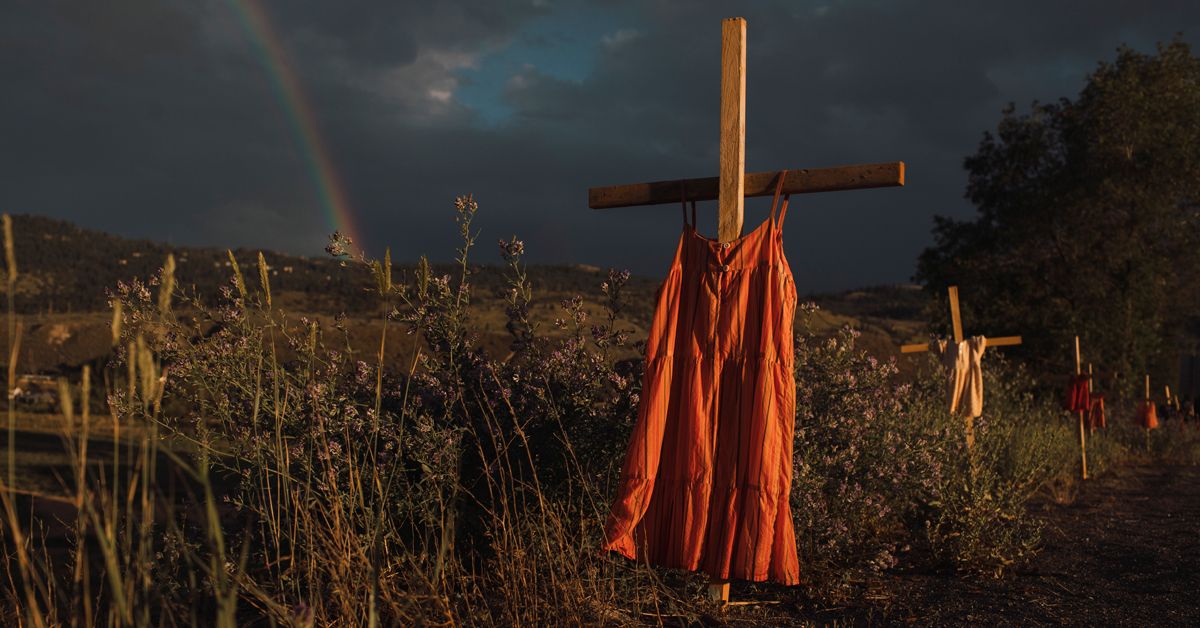
A tribute to indigenous children whose unmarked graves were discovered in Kamloops, Canada is awarded the WPP photo of the year
The World Press Photo (WPP) Contest is once again celebrating the best of photojournalism from the past year, and today announced the winner of the World Press Photo of the Year 2022, alongside three more global categories: the WPP Story of the Year, Long-Term Project Award, and Open Format Award.
The jury selected their winning entries from the works of more than 4,000 photographers across 130 countries who submitted almost 65,000 images.
This year’s top title of World Press Photo of the Year 2022 has been awarded to Canadian photographer Amber Bracken’s image of a visual tribute to 215 indiginous children whose remains were discovered in unmarked burial sites at the former Kamloops Residential School.

Read on to learn the story behind this photo and discover the WPP’s other winning images for 2022.
World Press Photo of the Year
“Kamloops Residential School”, by Amber Bracken (Canada)
In documentary photographer Bracken’s photo, published by The New York Times, red dresses are seen hanging from crosses along a roadside. The dresses pay tribute to the children who died at the Kamloops Indian Residential School—an institution established to force the cultural assimilation of indigenous children—after as many as 215 unmarked graves were found in the Canadian province of British Columbia on June 19, 2021.
Administered by the Catholic Church, the Kamloops Residential School was in operation from 1890 until 1969, after which it was taken over and managed by the Canadian federal government in the form of a day school, until its closure in 1978. For many indigenous Canadians, the residential school system was a tool of cultural genocide implemented by the Canadian government.
Speaking about the image, the WPP global jury chair Rena Effendi said:
“It is a kind of image that sears itself into your memory, it inspires a kind of sensory reaction. I could almost hear the quietness in this photograph, a quiet moment of global reckoning for the history of colonization, not only in Canada but around the world.”
More winning photos
In addition to the World Press Photo of the Year, the WPP jury selected winning projects in the following categories: Story of the Year, Long-Term Project Award, and Open Format Award.
Story of the Year
“Saving Forests with Fire”, by Matthew Abbott (Australia)
Among the global winners, this photo report by Australian photographer Matthew Abbott for National Geographic tells a story of “cool burning”, an indigenous Australian practice of strategically burning land to help protect against bigger, more serious fires. In this controlled practice, the fire spreads slowly, burning the undergrowth as a way of eliminating the build-up of fuel that feeds larger fires.
The Nawarddeken people of Australia's West Arnhem region have been practicing cool burning for millennia and see fire as a tool to manage their 1.39 million hectare territory.
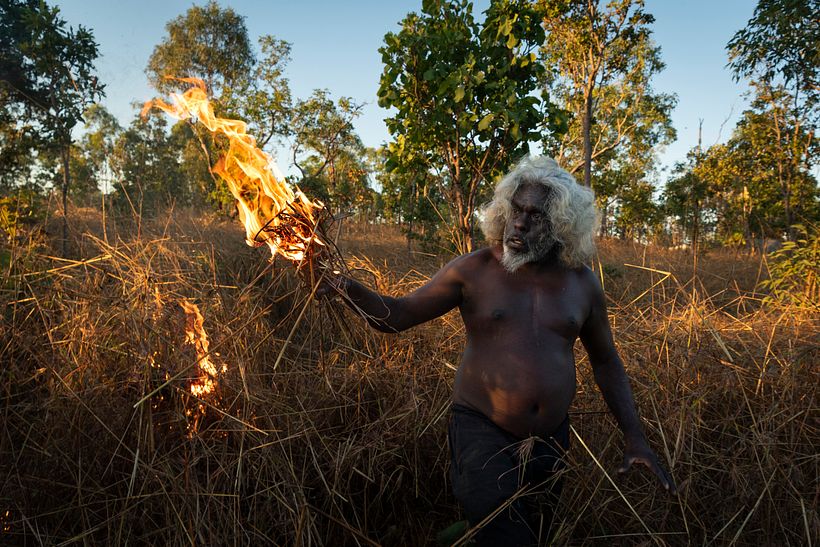

The Warddeken rangers combine traditional knowledge with contemporary technology to prevent forest fires, also helping to reduce the carbon dioxide levels that contribute to global warming.
The WPP jury selected this series because, “it was so well put together that you cannot even think of the images in disparate ways. You look at it as a whole, and it was a seamless narrative.”
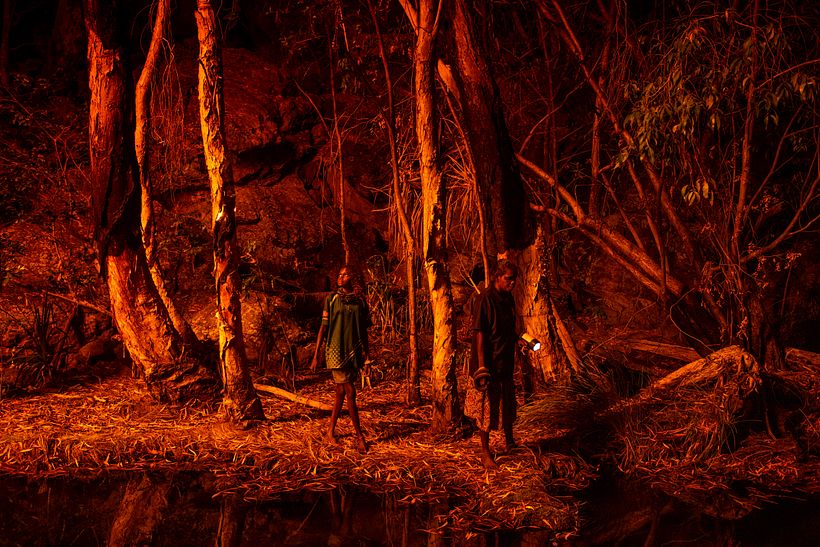
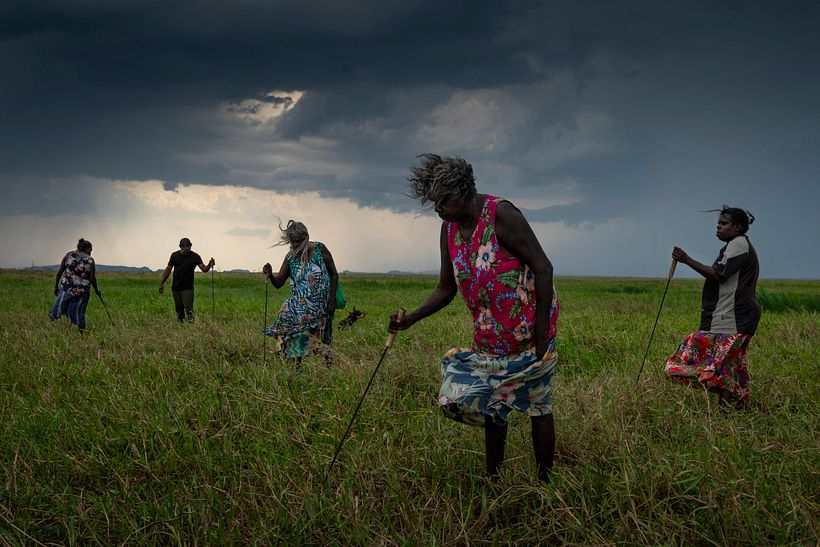
Long-Term Project Award
"Amazonian Dystopia", by Lalo de Almeida (Brazil)
Photojournalist Lalo de Almeida’s reporting on the devastation of the Amazon rainforest for Folha de São Paulo has won WPP’s 2022 Long-Term Project Award.

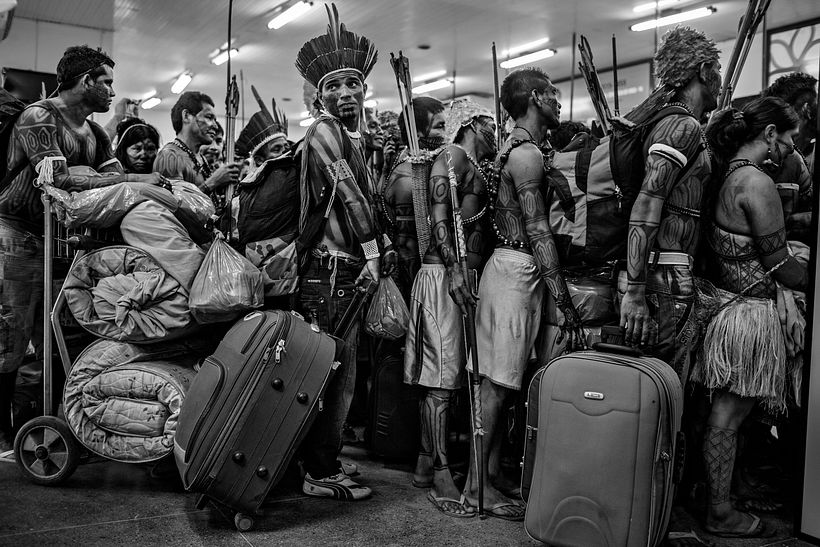
The Brazilian photographer adds this award to his list of awards, having won the World Press Photo Award for Environment and Contemporary Issues in 2021 and 2017, respectively.
This time, his project Amazon Dystopia reflects the catastrophic threat facing the Brazilian Amazon. The destruction caused by deforestation, mining, infrastructure development, and the exploitation of natural resources is speeding up—exacerbated by President Jair Bolsonaro's regressive environmental policies. Since 2019, the devastation is said to have hit its fastest pace in a decade.
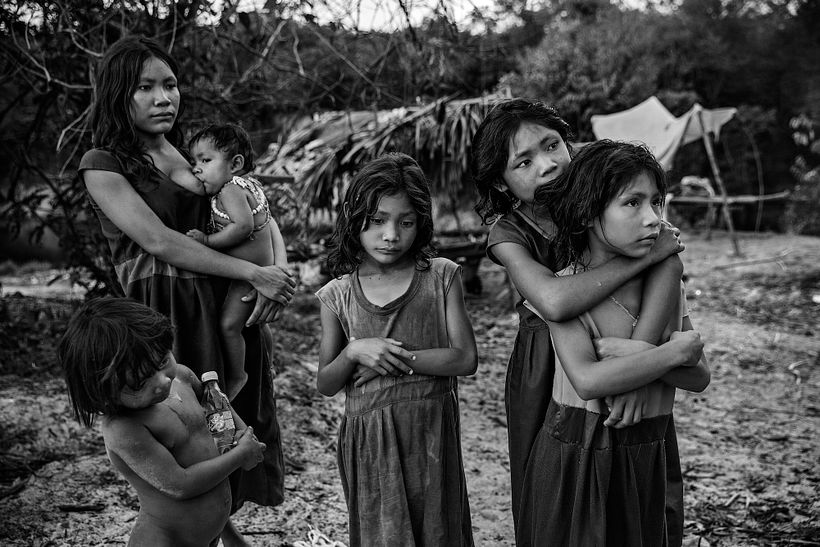
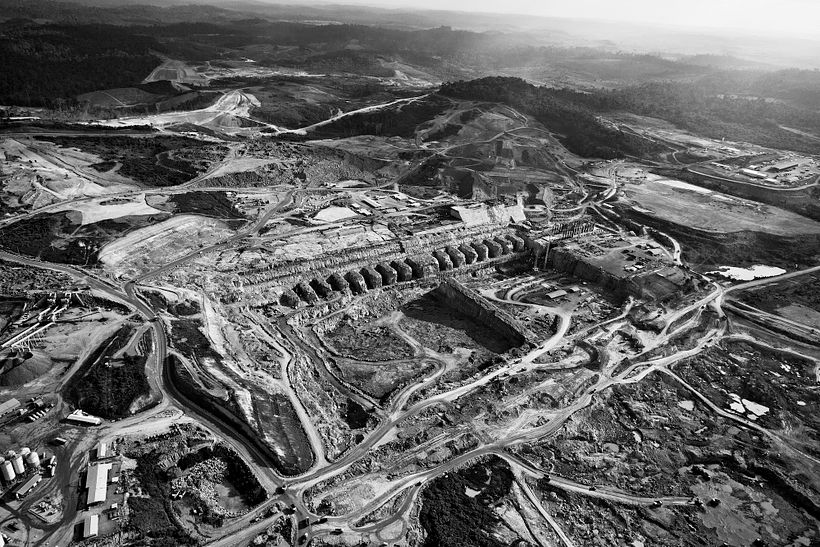
As highlighted by the WPP committee, the exploitation of the region is not only having a devastating impact on biodiversity and the Amazonian ecosystem, but also carries significant social implications, particularly among indigenous communities, who face significant degradation of both their environment and lifestyle.
“This project portrays something that does not just have negative effects on the local community but also globally, as it triggers a chain of reactions on a global level,” remarked jury president, Effendi.
Open Format Award
“Blood is a Seed”, by Isadora Romero (Ecuador)
The last global winner announced today is for the Open Format Award, a category that considers works from a mix of storytelling mediums, including interactive or short documentaries, multiple exposure images, stitched panoramas, and more.
This year’s winner is Ecuadorian artist Isadora Romero for “Blood is a Seed”, a project that uses personal stories to “question the disappearance of seeds, forced migration, colonization and the subsequent loss of ancestral knowledge.”
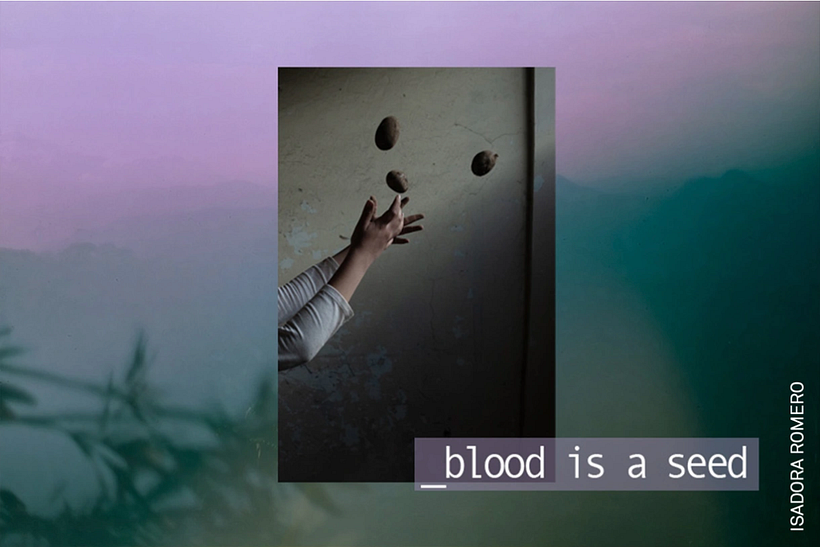
The video project is composed using a mix of digital and analog photographs, some of which were shot using expired 35mm film (that Romero’s father also drew on).
On a journey to their ancestral home of Une, Cundinamarca, Colombia, Romero explores forgotten memories of the land and crops. She learns stories of “seed guardians”, including her grandfather and great-grandmother who grew various varieties of potatoes, of which only two commonly survive today.
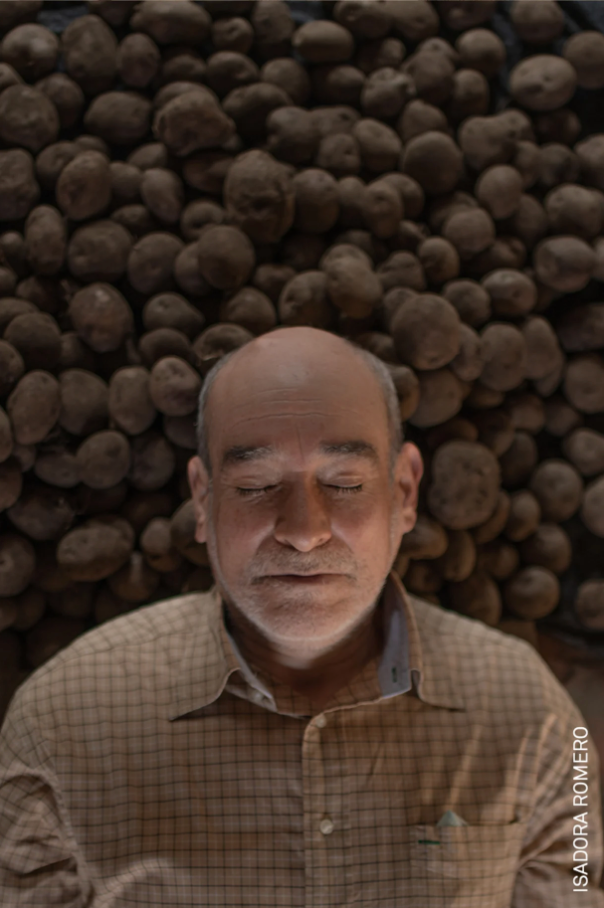
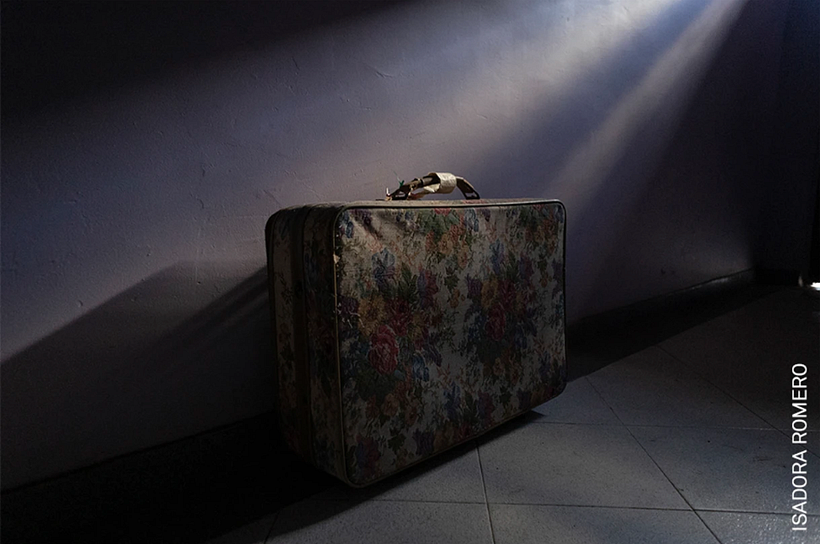
If you want to see more fantastic photography from the 2022 WPP Contest, check out winners across the regional categories at the World Press Photo website.
Want to get up close and personal with the photos? Keep an eye out for the worldwide World Press Photo Exhibition 2022, which this year kicks off in De Nieuwe Kerk in Amsterdam before continuing on its global tour.
English version by @amyvsnelling. All images courtesy of World Press Photo and photographers.
Discover more about photography and photojournalism
If you want to learn more about photography, here’s some further reading to get you started.
- Look back on the careers of trailblazing 20th-century female photographers and photojournalists who documented global women's history.
- Learn easy tricks for how to take incredible photos on your phone.
- Kick-start your creative journey in the world of photography with twelve top online photography courses covering everything you need to know, from composition to technique to editing.





0 comments